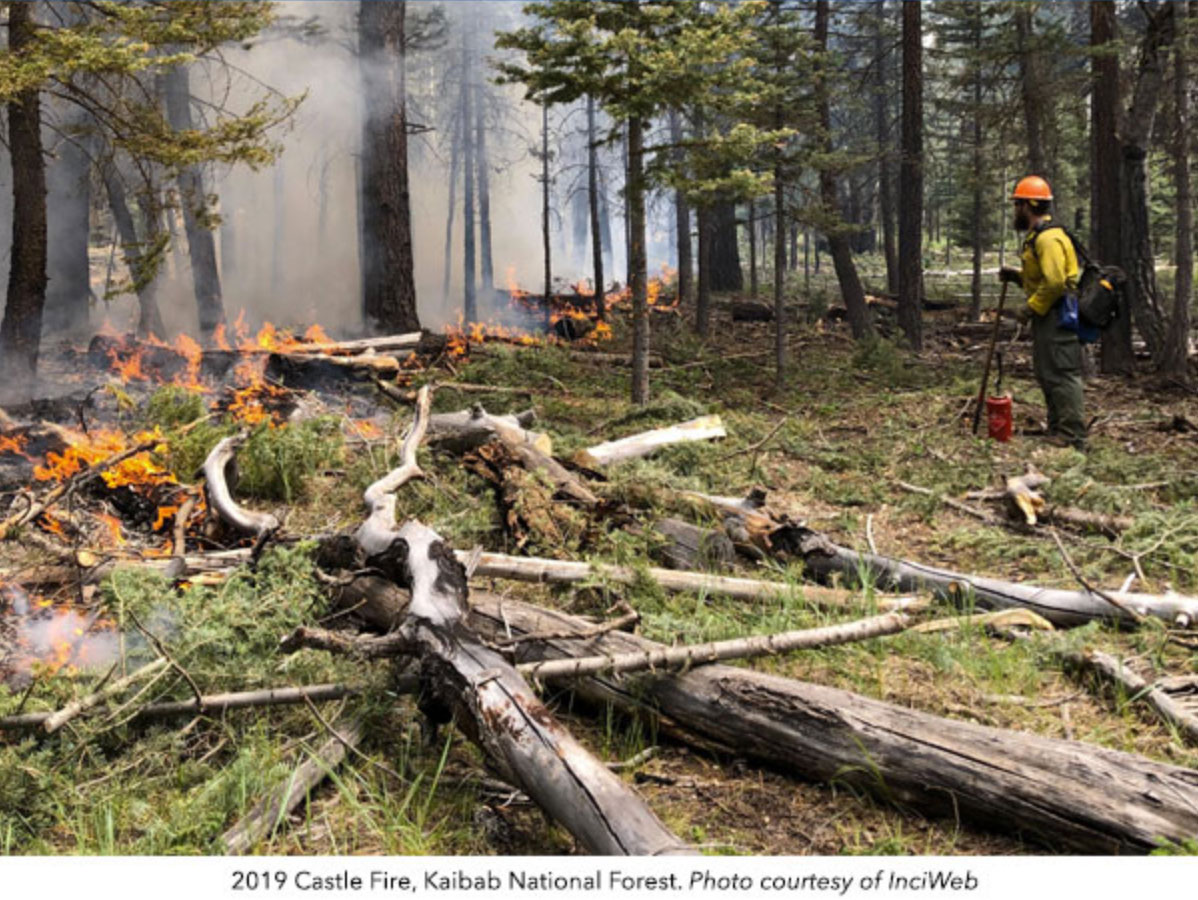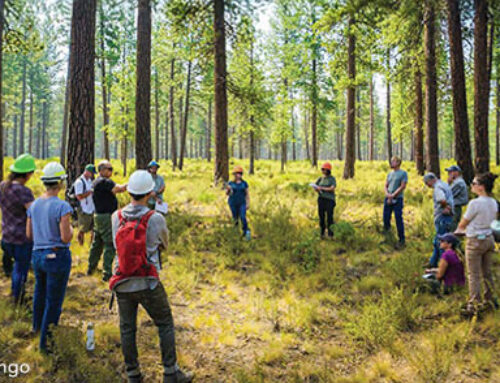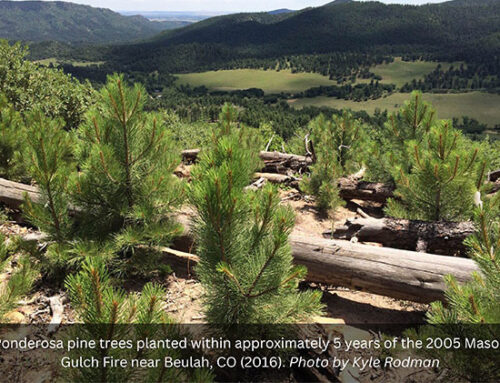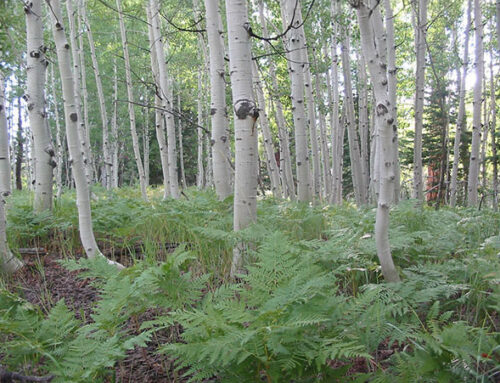Hot Topic: Managed Wildfire
Managed wildfire has been in use on federally managed lands since at least the 1910s, despite falling in and out of public and political favor over the years. Managers currently manage wildfires for resource benefit and community safety on hundreds of thousands of acres each year. Accurately tracking the use of managed wildfire is difficult and likely underestimated because of reporting and naming inconsistencies. Overall, the absence of a consistent title for the strategy invites internal and external confusion, disincentivizes use of the strategy, and makes assessment, monitoring, research, and communication difficult.
Research on the topic has expanded significantly in recent years, but there has not been an accessible synthesis that spans scientific disciplines. A new special report by Rachel Bean and Alexander Evans with the Forest Stewards Guild, and in partnership with the Southwest Fire Science Consortium and the Ecological Restoration Institute, distills the current science on managed wildfire to foster a wide discussion of the strategy among managers, practitioners, and the knowledgeable public.
This report focuses on the scope of federal wildfire response and reviews the current research on “managed wildfires.” It summarizes the history, terms used for the approach, ecological effects, policy context, and potential future of managed wildfire and aims to provide a scientific foundation for continuing discussion of managed wildfires among managers, practitioners, policy makers, the wider community, and across research disciplines.




